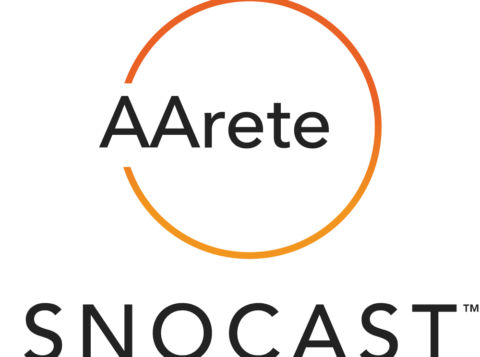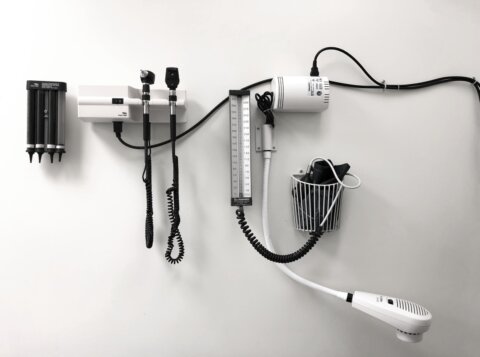6 Reasons Why Medicare Headwinds Are Here to Stay and 7 Strategies to Survive Them
This is an AArete Healthcare Payer insight
Many health plans are facing headwinds – and are reducing earnings-per-share guidance for 2024 – due to higher-than-expected utilization and costs for Medicare and Medicare Advantage.
Unfortunately for payers, this reality will continue for the foreseeable future thanks to these six converging factors:
- Demographic Shifts in the Medicare Population: The aging of the Medicare population, especially the increase in older participants (75+), necessitates a broader range of medical services and more frequent healthcare interventions. This demographic has greater than two times the medical cost for younger participants due to greater chronic conditions and needs for receiving care.
- COVID-19-Related Delayed Care: While this has been a point of speculation for many, AArete and its clients are seeing growing evidence that postponed treatments and preventive care for the Medicare Advantage population during the pandemic has had a material impact. We believe previously deferred care has resulted in a more recent increase in demand for medical services, contributing to higher costs.
- Higher Acuity of Patient Needs Post-Pandemic: The delay in receiving care has not only increased demand but also led to patients presenting with more serious health conditions. This trend necessitates more intensive medical interventions, thereby elevating the cost of care.
- Clinical Workforce Shortages and Inflationary Pressures: The ongoing shortage of healthcare professionals is a critical concern, with medical and nursing school graduates not keeping up with workforce retirement projections. This scarcity is driving up wages and, consequently, the costs associated with provider reimbursements. The reduced availability of healthcare providers since the pandemic exacerbates this issue, impacting some providers’ ability to deliver timely and cost-effective care. Additionally, rate increases are expected so that providers can offset inflation and the rising costs associated with delivering cost-effective care to a plan’s members.
- Changes in Utilization Management Requirements: Recent shifts in policy and administrative procedures, particularly noted in the latter part of 2023, have led to an increase in inpatient admissions over observation stays. These changes affect how care is managed and authorized, often resulting in more expensive care settings being utilized, which, in turn, drives up costs.
- Innovation and Specialty Drugs: The development of new, innovative pharmaceuticals, especially biologics and specialty drugs for treating complex conditions, often comes at a high cost. As these drugs become more prevalent in treatment protocols, they contribute to rising overall healthcare costs.
Those six headwind factors are not projected to end in the near term, meaning that plans cannot just ride them out. While some plans are affected less than others, continued innovation and transformation in healthcare delivery will be essential for achieving total cost targets without reducing quality of care for members.
7 Strategies For Navigating These Headwinds
The strategies AArete recommends to payers to position themselves for success are not new. But the aggressiveness and rigor that must now be applied to these levers may be beyond what most plans have ever faced. We suggest focusing on these seven strategies:
- Aggressively sculpt networks to eliminate low-quality, high-cost providers. Consider exiting unprofitable regions of the service area, and automatically assign members to PCPs that have demonstrated high quality and constrained costs.
- Drive standardization of fee schedules with competitive rates and less contract variability, and drive greater efficiencies through value-based incentives.
- Design benefits based on the desired ROI and eliminate all non-ROI and low-utilization benefits. Increase the utilization of early detection and prevention benefits that deliver ROI and improve member quality of life, such as early disease screenings. Leverage processes by adding benefits such as transportation or increasing care-management outreach.
- Make risk adjustment reporting a core competency of the organization to capture the maximum revenue available based on the true acuity of members.
- Reduce utilization of expensive inpatient settings by delivering care at optimal sites for cost efficiency and member satisfaction, including ambulatory centers and homes. Early studies show that patient satisfaction increases, and readmissions decrease, when care is provided at those sites.
- Optimize the prior authorization process by closely partnering with key providers to promote the desired sites of care. For example, for CPT codes on the Medicare ASC fee schedule, no prior authorization may be required if care is delivered in an ASC vs. an HOPD.
- Increase clinical management programs to exhaust lower-cost treatment options before authorization of expensive surgery or drug treatments.
If your Medicare Advantage health plan would like to dive deeper into those strategies and their implementation, AArete’s Healthcare Payer consulting practice is ready to help. Our experienced team has worked with more than 120 health plans across all U.S. markets and lines of business. Reach out to us here.
Learn more about our Profitability Improvement solutions





















































































































































